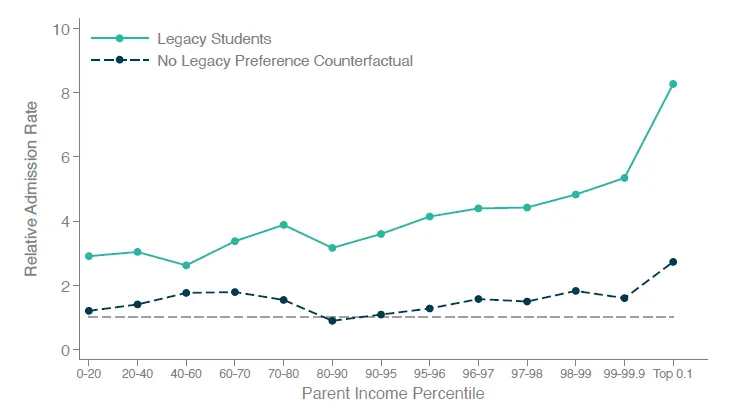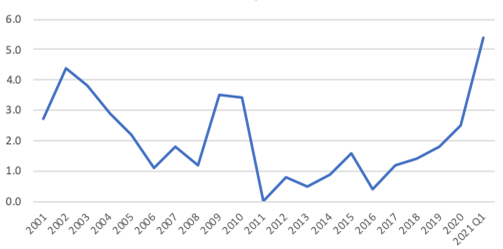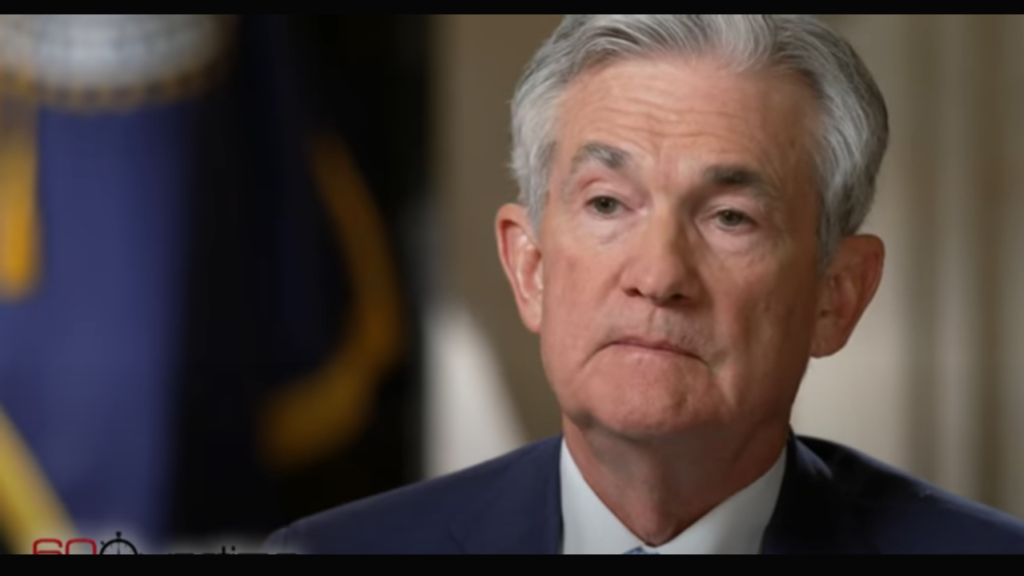Source: Stanford, Jan 2022
Jeffrey Ding, a postdoctoral fellow at Stanford’s Center for International Security and Cooperation and at the Stanford Institute for Human-Centered Artificial Intelligence, argues that China and the United States are both taking the wrong lessons from previous industrial revolutions.
As revolutionary as artificial intelligence may be, he says, both governments are overly preoccupied with being dominant in breakthrough advances. Over the long term, it may be more important to figure out how a wide range of industries can make practical use of them all.
I find the rise and fall of great powers are affected by their ability to adapt new general-purpose technologies across many different industrial sectors. General purpose technologies affect growth differentials through a slow process of diffusion across the economy.
That has implications for policy.
If a country concentrates on being the first to innovate and to have explosive growth in a new industry, that country might overoptimize for scientific research, advanced R&D, and deepening the expert pool.
If instead you focus on spreading general-purpose technologies, then a country might invest more in broadening its engineering skill base, optimizing for widening the pool of general electrical engineers versus producing the top electrical experts. It would also invest more in building strong links between private industry and universities to help rapidly diffuse the knowledge associated with the new technology.

In the Second Industrial Revolution, from 1870 to 1914, the United States took advantage of those developments in machine tools to spread the practices of “interchangeable” manufacturing, where products have standardized, interchangeable parts.
That gave rise to the “American system” of manufacturing, which in turn drove American productivity growth and allowed the United States to become the world’s preeminent economic power.
What’s important to notice here is that the United States was not the uncontested leader in innovation around machine tools. Britain, France, and Germany were all more sophisticated scientific powers at that time, and they developed very sophisticated machine tools. What propelled the rise of U.S. manufacturing is that it was more successful in adopting machine tools across all these industries.
In the U.S., by contrast, you saw a huge flurry of initiatives to increase the talent base in mechanical engineering.
First and foremost, you had the Morrill Act, which created land-grant universities in every state.
Within a few decades, the number of universities had multiplied from fewer than 20 to more than a hundred, and many of them were setting up technical training programs for engineers. The mission of the Morrill Act was specifically to increase expertise in the mechanical arts.
important to standardize best practices in general-purpose technologies via systems that facilitate interoperability between sectors and information flows from one sector to another. Germany’s efforts to standardize such practices in mechanical engineering was much slower than what was happening in the U.S.
The history also suggests that the focus shouldn’t be exclusively on being first to introduce new advances in AI. Both sides have an opportunity to invest more in diffusion-centered institutions, such as technology-transfer bodies that transfer innovations from the lab to startups and other companies.
This could involve things like “innovation vouchers,” where governments offer subsidies to small- and medium-sized firms to purchase services from universities, research institutes, or companies on the technological frontier. The idea is to stimulate the transfer of leading-edge R&D to a broad pool of adopters.
The United States’ approach to standardization is industry-led, which may be more effective than China’s, which is government-led.
When the government attempts to impose standards from the top down early in the process, it’s operating as what Paul David called a “blind giant.” It doesn’t know enough about the technology, so it often locks in dated technologies. China’s top-down approach might stifle the ability of these technologies to spread.
















